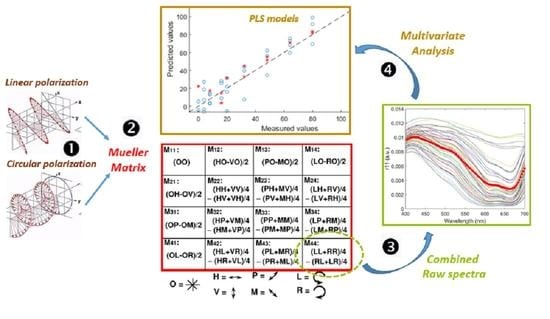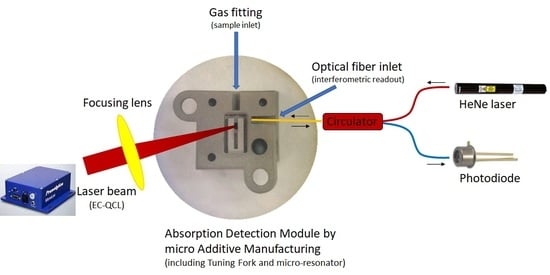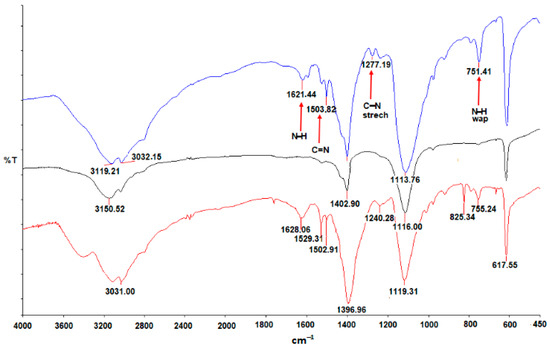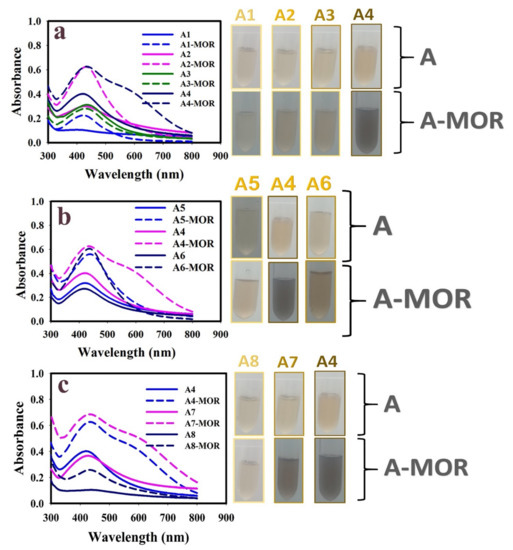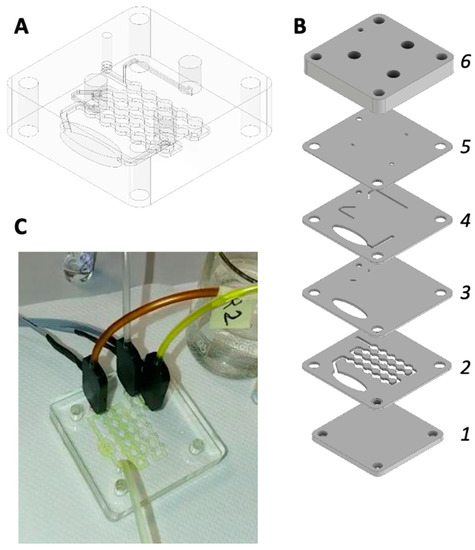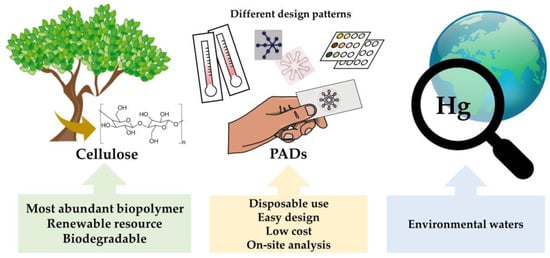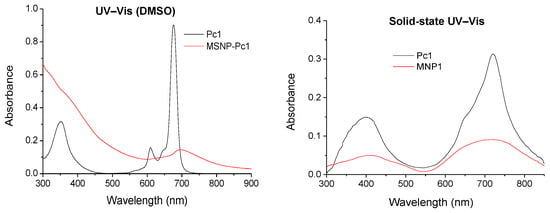Optical Chemical Sensors: Design and Applications
A topical collection in Sensors (ISSN 1424-8220). This collection belongs to the section "Chemical Sensors".
Viewed by 37477Editor
Interests: synthesis and characterization of functionalized nanomaterials; layered double hydroxides; carbon-based nanomaterials; optical properties of innovative materials; optical sensors for the detection of heavy metals; hybrid organic/inorganic materials for optical emitters; nonlinear optical materials
Special Issues, Collections and Topics in MDPI journals
Topical Collection Information
Dear Colleagues,
The design of optical chemical sensors (OCSs) has rapidly become a vast, fascinating, and multifaceted field due to the great variety of operating principles, the virtually infinite number of sensing materials and measurands, and the increasingly wider range of present and potential applications.
While existing technologies have matured to a commercial level, novel concepts and strategies are coming to light, prompted by a growing concern about old and new chemical pollution, the quest for imaging-based sensing and diagnostics, and the need for portable low-cost sensors. Moreover, OCSs can be easily integrated with photonics, microfluidics, and array-based detection for implementation in wireless, wearable, point-of care, and even smartphone-based systems. As a result, applications encompass almost all aspects of our life, ranging from environmental monitoring to process control, including food analysis, medicine, biotechnology, and security.
We invite investigators to submit high-quality papers that deal with all aspects of this exciting field. Both reviews and original research articles are welcome. Topics of interest include, but are not limited to, the following:
- Innovative optical sensing principles
- New sensing materials and nanomaterials
- Micro- and nanostructured fiber optic sensors and waveguide-based sensors
- Photonic crystals
- Sustainable sensors and sensor materials
- Lab-on-a-chip
- Environmental monitoring
- Process control and security
- Food analysis
- Novel applications
Prof. Dr. Roberto Pizzoferrato
Collection Editor
Manuscript Submission Information
Manuscripts should be submitted online at www.mdpi.com by registering and logging in to this website. Once you are registered, click here to go to the submission form. Manuscripts can be submitted until the deadline. All submissions that pass pre-check are peer-reviewed. Accepted papers will be published continuously in the journal (as soon as accepted) and will be listed together on the collection website. Research articles, review articles as well as short communications are invited. For planned papers, a title and short abstract (about 100 words) can be sent to the Editorial Office for announcement on this website.
Submitted manuscripts should not have been published previously, nor be under consideration for publication elsewhere (except conference proceedings papers). All manuscripts are thoroughly refereed through a single-blind peer-review process. A guide for authors and other relevant information for submission of manuscripts is available on the Instructions for Authors page. Sensors is an international peer-reviewed open access semimonthly journal published by MDPI.
Please visit the Instructions for Authors page before submitting a manuscript. The Article Processing Charge (APC) for publication in this open access journal is 2600 CHF (Swiss Francs). Submitted papers should be well formatted and use good English. Authors may use MDPI's English editing service prior to publication or during author revisions.
Keywords
- Optical chemical sensing
- Fiber optics
- Optical biosensors
- Nanomaterials
- Environmental monitoring
- Photonics







